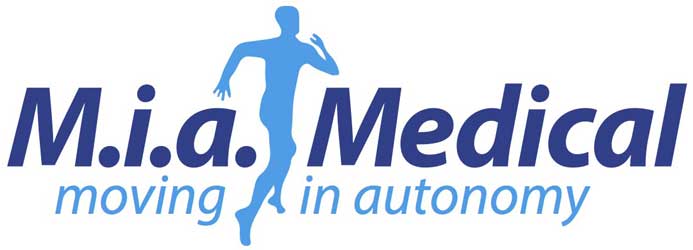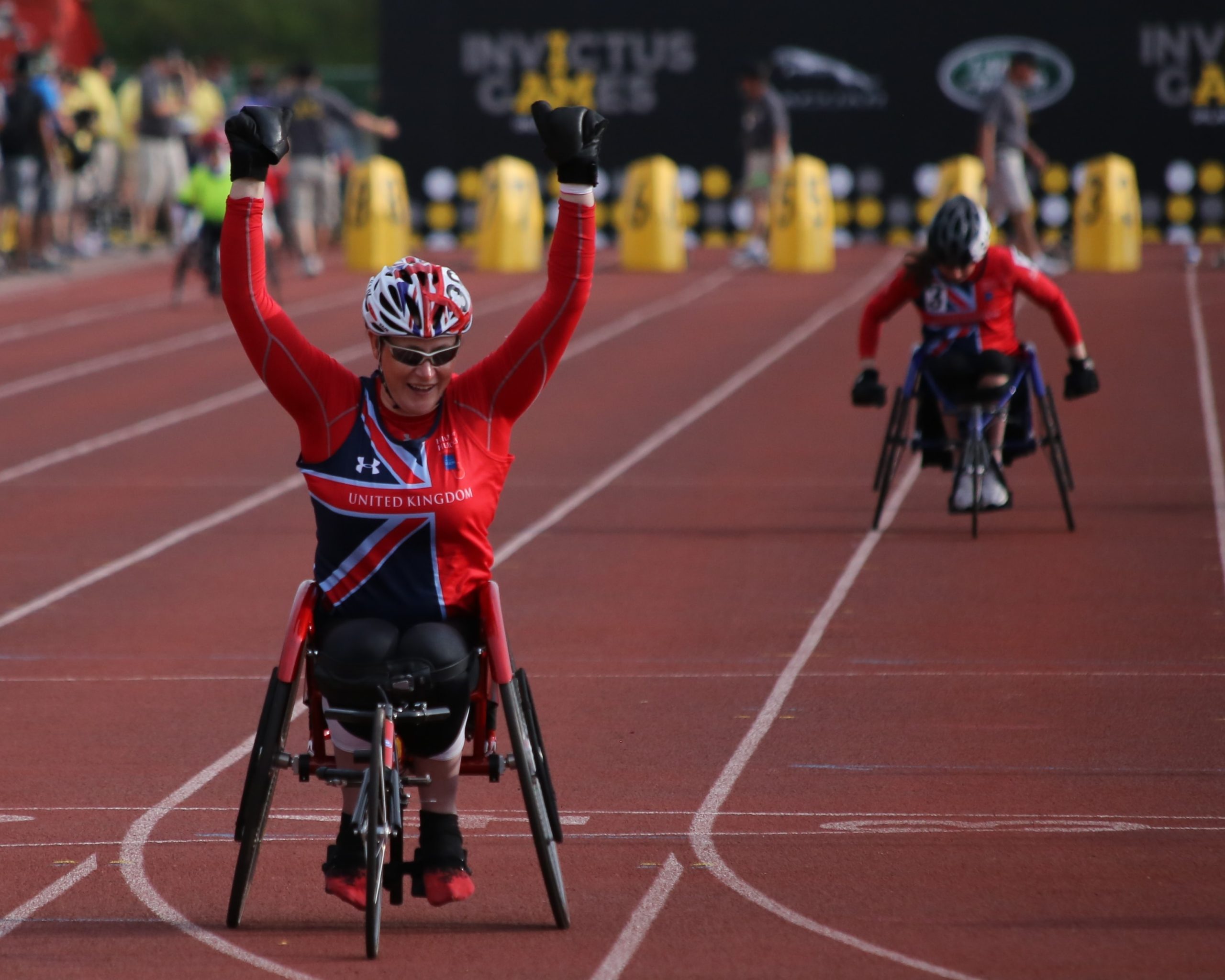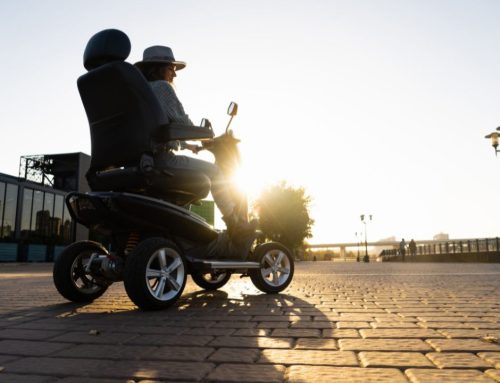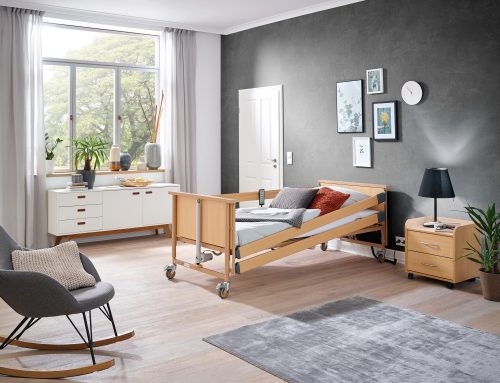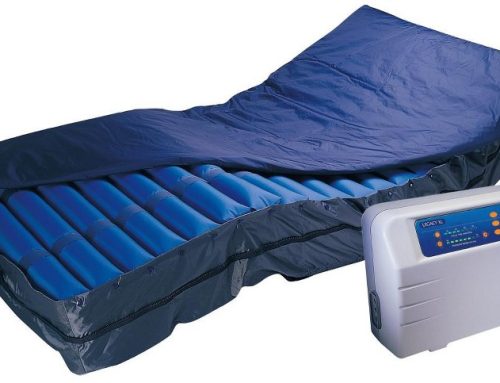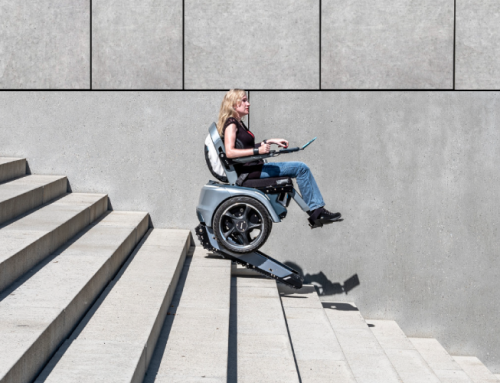1. The right to mobility
L’articolo 27 della legge 118/71 stabilisce tra l’altro:
“…servizi di trasporto pubblico ed in particolare i tram e le metropolitane dovranno essere accessibili agli invalidi non deambulanti…”
The decree that implemented this rule dates back to 1978 (Presidential Decree 384/78), to which must be added Law 41/86.
All these regulations tend to facilitate the mobility of the disabled by their own or public means.
Dobbiamo aggiungere che con l’emanazione del decreto del Ministero dei Trasporti del 18/7/91, tutti gli autobus, sia a uso pubblico che privato, con un numero di posti superiore a 9 adibiti al trasporto in comune di persone con handicap e altri passeggeri, compreso quelli adibiti al trasporto scolastico, devono rispondere a determinate prescrizioni tecniche, tali da permettere l’accesso a persone non deambulanti e su sedie a rotelle.
Later regulations dictated rules in specific fields:
- Law 104/92 art. 26 - Requires regions and municipalities to ensure the mobility of disabled people even where public transport is not accessible
- Law 21/92 stipulates that taxis must also be accessible to the disabled. It requires municipalities to regulate and define the minimum number of taxis for transporting the disabled.
- Presidential Decree 503/96 calls for public transport to be equipped with those devices that allow the disabled to be transported safely. Art. 24 of the decree prescribes the obligation for metros to reserve at least three seats for people with walking difficulties, to have enough space inside a car to accommodate a wheelchair, and to facilitate access to the metro also through the installation of lifts.
- Ministerial Decree 236/89 art. 2, which recommends the installation of devices signalling the proximity of sources of danger, in particular for the blind (audible traffic lights), Braille signs for lifts and light signals for the deaf and dumb.
- The Italian postal service has started to set up disabled-accessible counters in application of the D.P.C.M. of 30 January 1996 (Quality Charter of the Public Postal Service).
2. Travelling
ARTICLE 20 OF THE CONVENTION ON THE RIGHTS OF PEOPLE WITH DISABILITIES deals with PERSONAL MOBILITY. "Moving and getting around independently is very important for people with disabilities.
Personal mobility has many aspects: travelling, moving from one place to another in a city, moving within a building.
States must make mobility easier for people with disabilities. But it is the people themselves who decide which way they prefer to move. People with disabilities must have access to everything that facilitates mobility'.
2.1 Travelling by car
Disabled persons, with physical or sensory limitations, may obtain a special driving licence for categories A, B, C and D, subject to verification of physical and psychic requirements carried out by special 'local medical commissions', set up at each provincial authority in the Piedmont region through the ASPs of the provincial capital. Special driving licences may be restricted to driving vehicles of particular types and characteristics, and with certain adaptations prescribed by local medical commissions.
The necessary limitations and adaptations must be entered on the driving licence. According to the Highway Code, the special driving licence must be renewed every five years. The actual duration may be shorter, depending on the type and degree of the holder's pathology, which may be subject to worsening in the near future.
For the disabled person who buys or adapts a vehicle in his or her own name (or in the name of a family member or tax dependent child) there are certain tax benefits:
- exemption from payment of motor vehicle tax (vignette);
- VAT at 4%;
- the IRPEF deduction of 19%;
- exemption from registration tax at the PRA (except for the blind and deaf → Definitions).
For holders of special driving licences who have undergone an examination for the renewal of their licences, the offices of the DMV are authorised to issue a provisional driving permit, which is valid until the conclusion of the procedures. In addition, for those who have to adapt their car for driving or transport purposes, there is an ASP contribution of 20% for car adaptation.
The following categories of disabled persons or their dependent family members are eligible (i.e. the gross annual income of the disabled person must not exceed €2,840.51):
- the blind and civilly deaf (formerly 'deaf-mute');
- i disabili con handicap psichico o mentale titolari dell’indennità di accompagnamento;
- the disabled with severe limitation of walking ability or suffering from multiple disabilities;
- disabled persons with reduced or impeded mobility.
Facilitation for circulation and parking of vehicles with the disabled on board
In accordance with art. 5 of Presidential Decree 384/78 and Presidential Decree 503/96, vehicles transporting the disabled may park and circulate in restricted traffic zones, in the preferential lanes open to public transport and taxis, and may park in areas where there is a ban as long as they do not obstruct traffic. The vehicle must have the appropriate badge displayed. Issued by the municipality of residence.
Summing up:
- The mark is valid throughout the country (Ministry of Public Works Decree No. 1176/79 Art. 2);
- is strictly personal, not linked to a specific vehicle, and is valid for five years.
- Presidential Decree 384/78 provides for special parking spaces to facilitate the mobility of the disabled. Law 104/92 art. 28 requires municipalities to provide parking spaces for the handicapped, both in those managed directly or given in concession, and in those built and managed by private individuals;
- In casi particolari, (strade residenziali o parcheggi presso uffici o posto di lavoro), il disabile può richiedere che nel cartello segnaletico, predisposto dal comune, sia riportato il numero di targa del veicolo utilizzato dal disabile stesso, onde permettere l’utilizzo esclusivo di quel determinato posto macchina, (c.m. dei LL.PP. n° 1270/79);
- I veicoli che espongono il contrassegno possono sostare in molte zone ad altri interdette. Non si può sostare mai, anche se muniti di contrassegno in corrispondenza di: – corsie riservate; – zone di preselezione; – attraversamenti pedonali zebrati; – spazi di fermata autobus; – isole pedonali.
- Marked vehicles may also drive in areas closed to normal traffic (e.g. historic town centres).
L’unica limitazione è il divieto di percorrere le corsie preferenziali predisposte per i soli mezzi pubblici di trasporto (in particolare mezzi su rotaie). La circolare 1030 del 13 giugno 1983 del ministero dei LL.PP., ribadisce che qualora la corsia preferenziale venga riservata ad altre categorie, (taxi, nettezza urbana, vigilanza, ecc.), può essere utilizzata anche da veicoli muniti con il contrassegno dei disabili.
Where to apply
The badge must be applied for at the municipality of residence (usually at the traffic police headquarters).
Who can benefit
Tutti i disabili con gravi e persistenti difficoltà motorie e tutti coloro che per la gravità dell’handicap, non possono autonomamente accedere a mezzi pubblici di trasporto, (si rimanda alle disposizioni dei vari comuni).
2.2 Urban transport
In addition to the provisions of Presidential Decree 384/78, (bus accessibility, metro seat reservation, etc.), other measures have intervened to facilitate the mobility of the disabled by public transport. It should be remembered that Law 104/92 art. 26 requires regions and municipalities to ensure the mobility of disabled persons and to make up for the lack or absence of public transport where it is lacking with suitable means.
In several municipalities there are reduced fares for disabled persons, as well as the possibility of using the taxi service for free or at a reduced rate.
Lastly, it should be noted that the Ministry of Transport has the authority to type-approve prototypes of urban, suburban and taxi buses that are accessible to the disabled (Article 26, paragraph 5, Law 104/92).
2.3 Travelling by train
L’ente ferrovie dello Stato ha previsto e attuato diverse iniziative per agevolare l’utilizzo del treno ai disabili. In 110 stazioni sono funzionanti i centri di accoglienza. Detti centri rappresentano il punto di riferimento per le esigenze di viaggio dei portatori di handicap.
What can you get from the reception centre?
- Accompagnamento e aiuto dall’ingresso della stazione sino sul treno;
- Aiuto e accompagnamento per la discesa dal treno sino all’uscita della stazione o accompagnamento e sistemazione su eventuale treno in coincidenza;
- Se richiesto, l’acquisto del biglietto e la prenotazione del posto;
- La disponibilità gratuita della sedia a rotelle per gli spostamenti all’interno della stazione;
- The signalling of the request for the refreshment service at the seat on trains equipped with a restaurant car;
- Information on rail services.
How to get assistance?
In order to use the services, it is necessary to call or go to the reception centres at least 24 hours before the departure of the chosen train.
Inoltre, è consigliabile presentarsi in stazione con un anticipo di 45 minuti onde ottenere il massimo dell’assistenza prevista.
All’interno della stazione
In molte stazioni i marciapiedi, le biglietterie, sono state provviste di scivoli per permettere l’accesso a disabili in carrozzella. Nelle stazioni dove le barriere non sono ancora state abbattute, il personale di assistenza è a disposizione per eventuali difficoltà e per il superamento di ostacoli.
Wheelchair transport
The transport of the disabled person's wheelchair is free of charge. In this regard, it should be borne in mind that:
- those travelling with rigid wheelchairs must use the carriages provided and marked with the symbol for the disabled; if this is not possible, work out the most appropriate solution together with the reception centre;
- the transport of disabled persons with powered wheelchairs is only permitted on trains equipped with luggage compartments.
On the train
Se si è attivato il centro di accoglienza, il disabile viene portato nella carrozza con un apposito elevatore. Nella composizione dei treni principali è presente un vagone di seconda classe predisposto per accogliere due disabili con la sedia a rotelle o che hanno necessità di viaggiare in posizione sdraiata e due accompagnatori. Sarà cura del centro accoglienza di partenza avvisare la stazione di arrivo per attivare l’assistenza necessaria. Inoltre, sui treni forniti di servizio di ristoro, il passeggero disabile può chiedere la consumazione direttamente al posto occupato, senza maggiorazione del prezzo di listino, per l’utilizzo di questi posti e la relativa prenotazione, le ferrovie dello Stato, consigliano di rivolgersi ai centri di accoglienza.
Blue card how to get it
La carta blu va richiesta alle biglietterie delle stazioni o ai centri di accoglienza, previo presentazione della certificazione attestante la necessità dell’accompagnamento rilasciata dalla commissione medica per il riconoscimento dell’invalidità civile della Azienda Sanitaria Provinciale.
What it entitles
Con detta carta si può acquistare un biglietto ferroviario e l’eventuale supplemento, valevole per due persone, (quindi gratuità di viaggio per l’accompagnatore).
Facilities
– I bambini disabili con età compresa tra i 4 e i 12 anni possono usufruire di un biglietto ridotto del 50%.
– Non vedenti. Le persone con una capacità visiva inferiore ad un decimo, in entrambi gli occhi, (riconosciuti dall’apposito commissione dell’ASP) possono usufruire di una concessione speciale (concessione 3°) valida 5 anni e per i viaggi del solo accompagnatore. La concessione viene predisposta dall’ Unione Italiana ciechi, dall’Associazione Italiana Ciechi di Guerra.
2.4 Travelling by air
The transport of disabled persons by air is governed by European Regulation (EC, 1107/2006).
The Regulation provides for compulsory and free assistance for all passengers with reduced mobility and applies to all flights (scheduled, charter, low-cost):
- departing from or in transit through an EU airport (including Norway, Iceland and Switzerland);
- departing from a non-Community airport to a Community airport (including Norway, Iceland and Switzerland) , only if the airline operating the flight is Community (or Norwegian, Icelandic or Swiss).
Inoltre, è importante sapere che l’assistenza degli utenti di questo mezzo di trasporto, è regolamentato da specifiche disposizioni delle compagnie aeree.
Airport reception
In some airports in Italy, e.g. Rome Fiumicino, Turin and Milan Malpensa, information and assistance services are active. These are the Friendly Lounges, where televisions, nursery facilities, children's games, telephones for the deaf, barrier-free toilets, newspapers and magazines also in Braille, and special seats are available. At all other Italian airports, the re-entry point for the disabled is the check-in desk at the airport of departure.
Wheelchair at the airport and in flight
In several aircraft, aisle-side seats with fold-down armrests are available, allowing the disabled customer to sit and move around more easily. The company provides an on-board wheelchair for easy movement within the cabin. Disabled passengers in possession of their own wheelchair can check it in free of charge as checked baggage. On request, if there is space, the chair can also be transported in the cabin.
Oxygen therapy and stretcher on board
This service, which is only available on certain planes, must be booked at least 48 hours before departure and is subject to a surcharge. In some cases, the presence of an accompanying person who provides for the personal needs of the assisted person during all phases of the trip is mandatory.
Guide dogs
Guide dogs for blind passengers may travel in the hold with a special kennel or, subject to space availability, in the cabin provided they are muzzled and leashed. The carriage of guide dogs is free of charge and is not subject to animal weight limits. Passengers must request the availability of space for their dog when booking their flight and must also provide the necessary equipment for the animal's journey (muzzle, kennel, etc.).
Lunch on board
In some cases, if travellers have specific dietary requirements, they can book special meals, available on all flights
international flights lasting at least 3 hours. In this case, these requirements must be indicated at the time of booking or within 24 hours of departure.
All customers requiring special assistance must complete and hand in the Medical Information Form (Medif), which is the medical clearance, at check-in no earlier than 7 days before departure.
Legislative Decree number 24 of 24 February 2009 outlines the obligations for airport operators and airlines. In addition to the ban on refusing boarding or booking a flight on the grounds of disability or reduced mobility, here is a summary of the most important provisions:
- information for disabled passengers must be in an accessible format, whether it concerns safety regulations or any restrictions on transport;
- after departure, you must inform the operators of the destination airport of the presence of a disabled person on board and of the assistance needed upon arrival;
- information in the terminals must be clear for people with disabilities and every aircraft must have suitable staff to provide assistance; in addition, all airports with an annual passenger transit of more than 150,000 must select and make public the quality standards for assistance.
2.5 Travelling by ship
Passengers with reduced mobility are entitled to free assistance during embarkation and disembarkation, when changing vessels, on board or in the port area. To obtain the best possible service, you should contact the carrier, ticket office and/or tour operator at least 48 hours before the journey and specify the type of assistance required. Even if this has not been done, the carrier and terminal operator are required to make every effort to assist the passenger during embarkation and disembarkation and during the journey. For special needs in terms of accommodation, seat assignment or assistance, or if you need to bring along medical equipment, you must inform the ticket office at the time of booking. Carriers may ask the passenger to be accompanied by another person if this is necessary for safety reasons due to the conformation of the vessel and/or port facilities: in this case the accompanying person travels free of charge. Should the traveller encounter difficulties in exercising his/her rights or face problems in obtaining assistance during the trip, the port authorities or the carrier with whom he/she is travelling must be informed.
2.6 Travelling by coach
A person with a disability has the right to travel even when using the coach as a means of transport. In fact, they cannot be prevented from buying a ticket, making a reservation or boarding a coach on the grounds of reduced mobility, unless this is absolutely necessary to comply with health and safety regulations or the infrastructure is not such as to guarantee safe transport.
For long-distance journeys (more than 250 km):
- the transport company must allow a person of your choice to travel free of charge - if this solves health and safety problems that would otherwise prevent you from travelling;
- you are entitled to assistance and to get on and off the bus.
Assistance is free of charge, but to make sure you get it, you should contact the transport company, ticket office or tour operator at least 36 hours before your trip and specify the help you need. The operator or terminal manager may ask you to present yourself at a designated point one hour before the scheduled departure. Should problems arise in obtaining assistance during your journey, you should inform the terminal operator or the transport company with which you are travelling.
Sitography
http://sicilia.agenziaentrate.it
http://www.enac.gov.it/I_Diritti_dei_Passeggeri/
